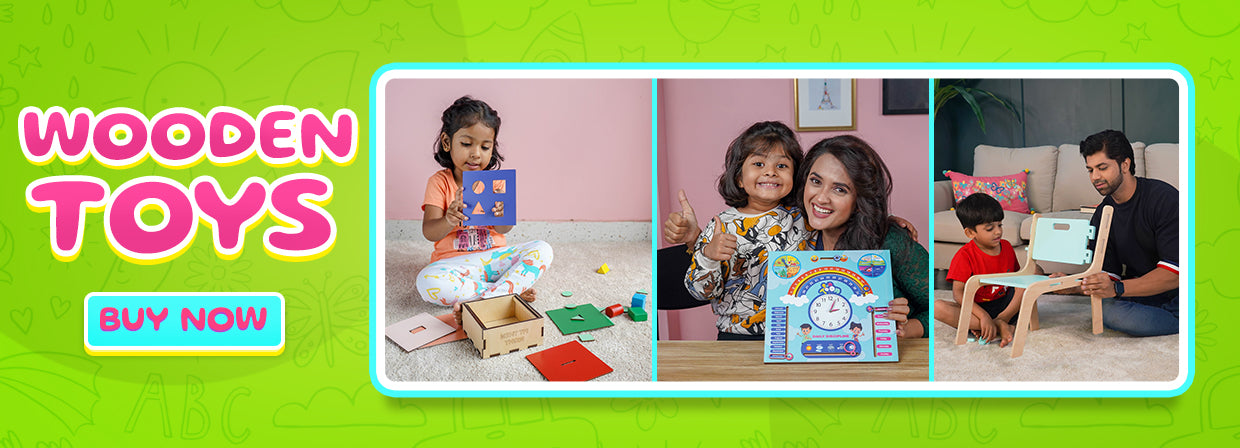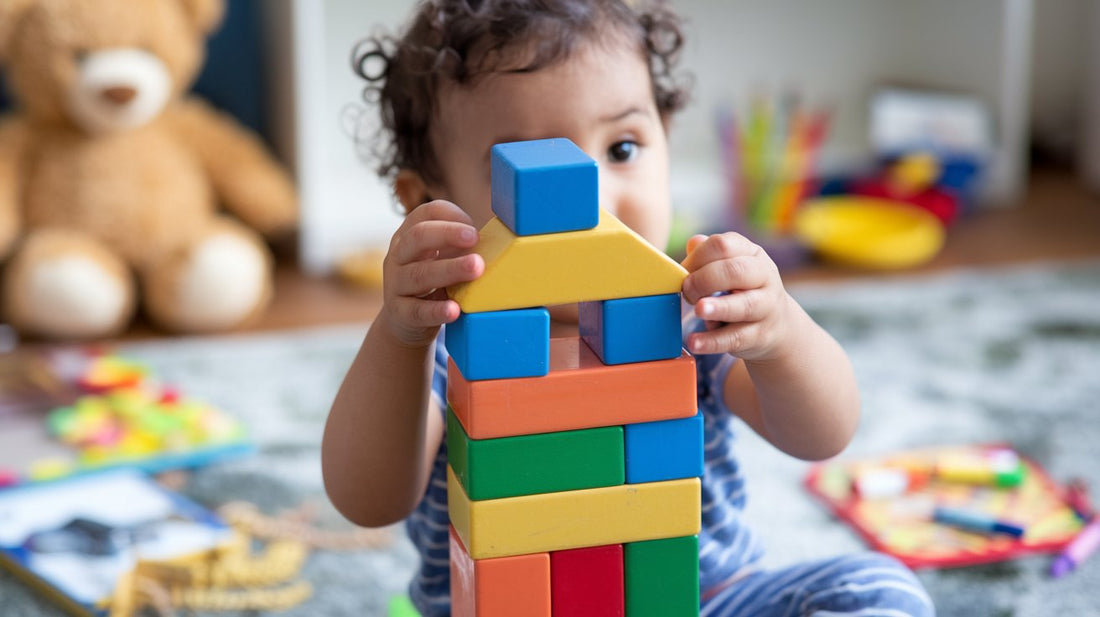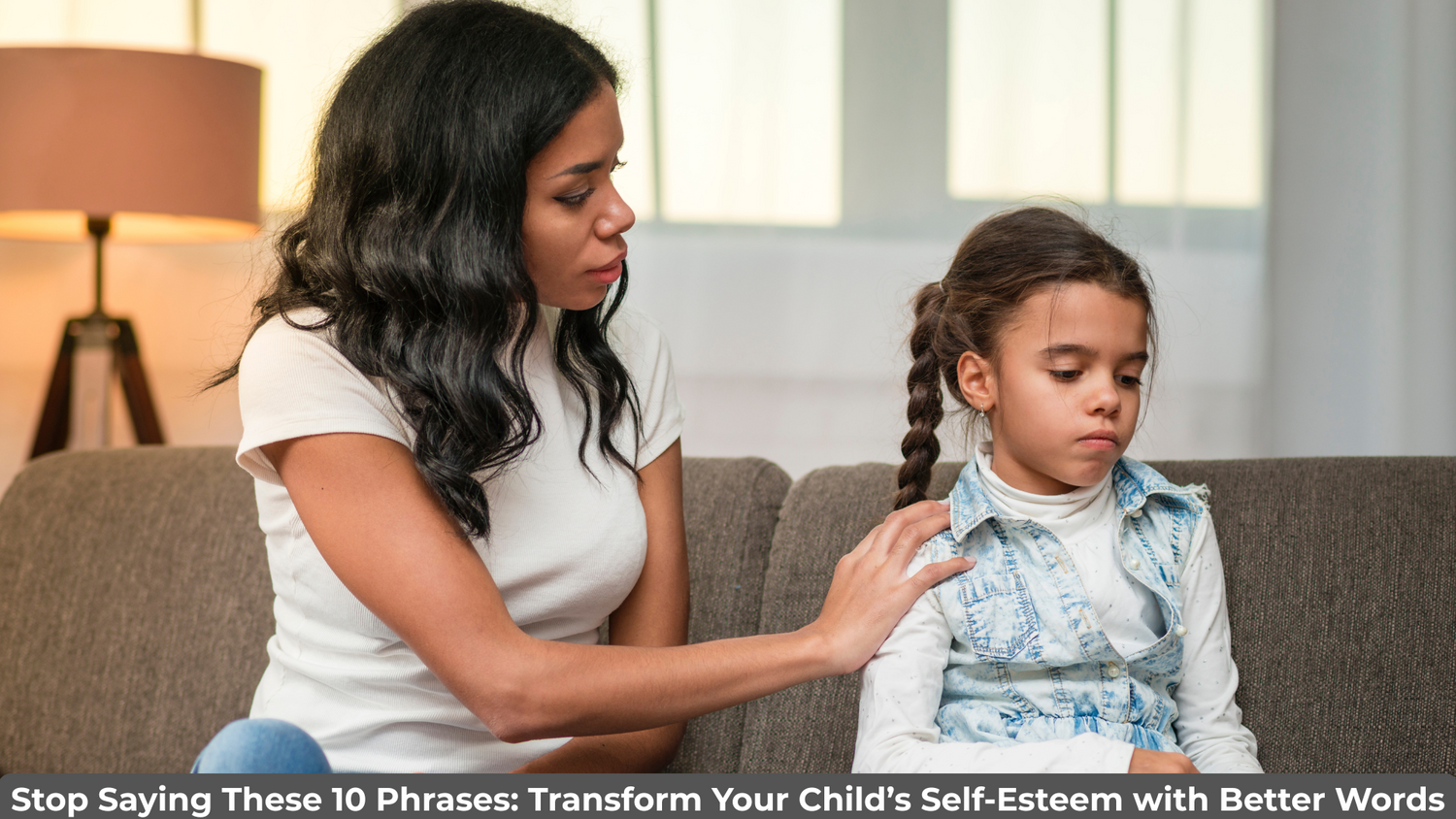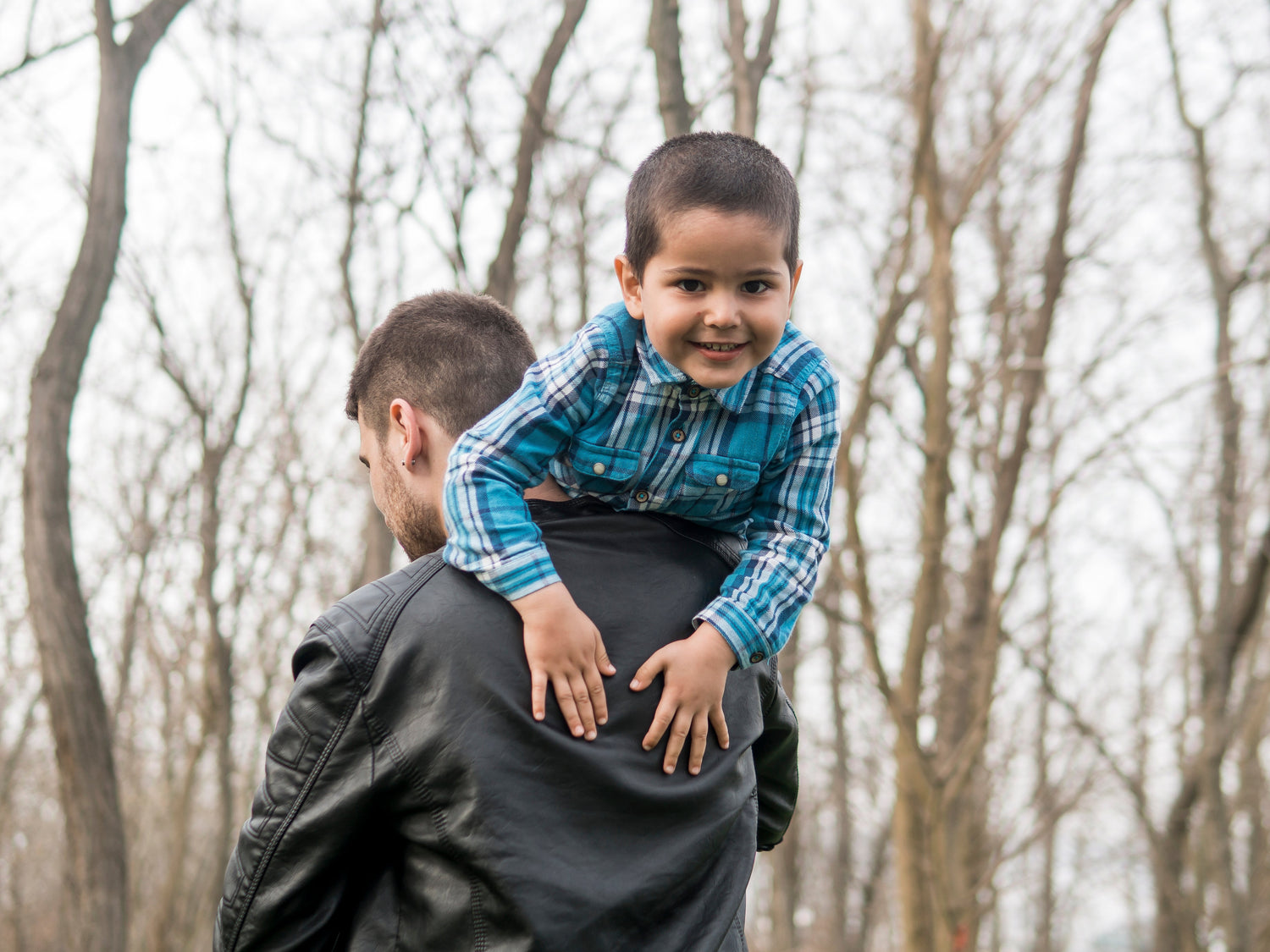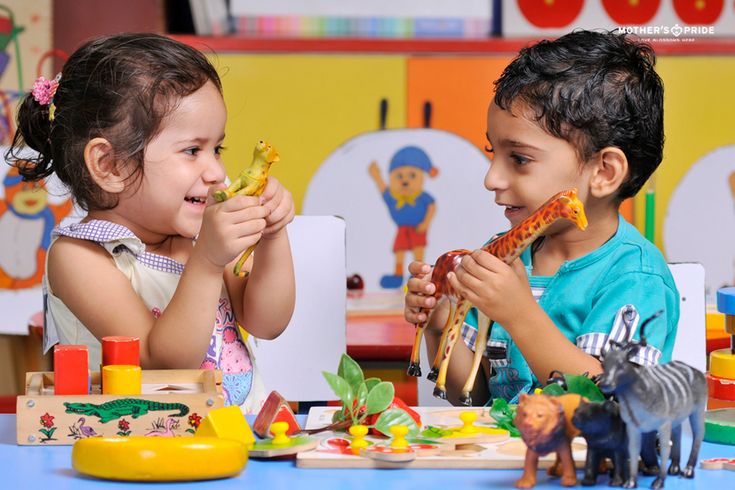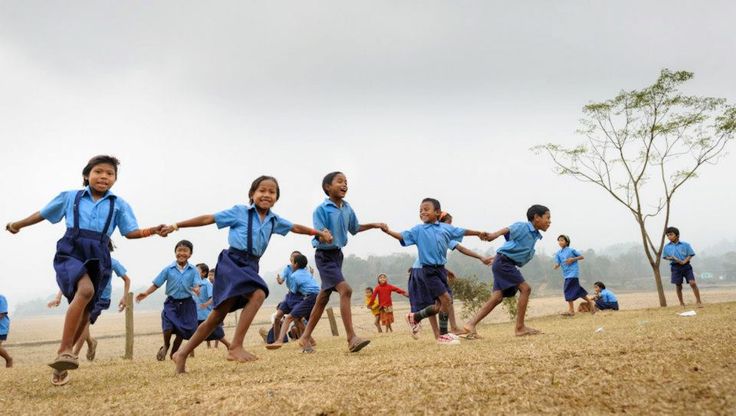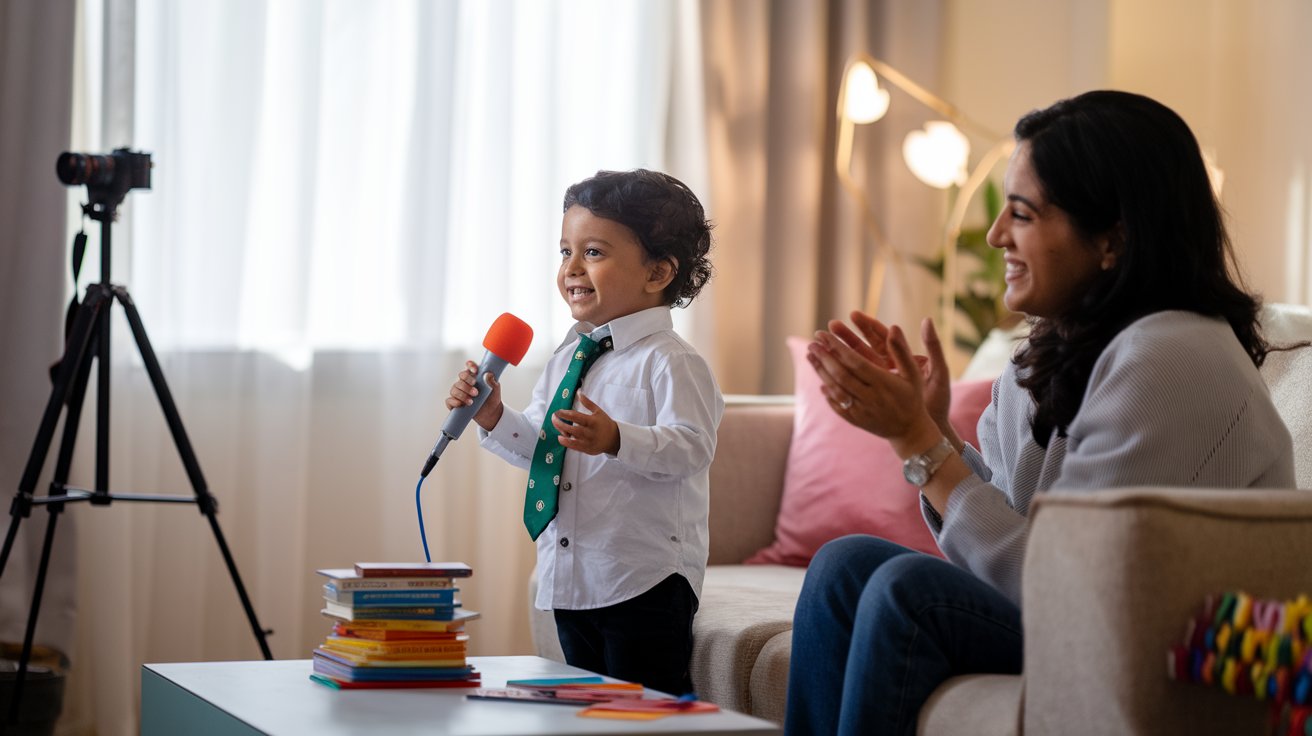As parents, we often feel the need to guide, teach, and shape our children's development every step of the way. But what if toys could take on some of these roles? While nothing can replace the love, care, and direction of a parent, toys have an interesting way of mimicking many of the valuable lessons and skills parents teach their children. In fact, when chosen thoughtfully, toys can become powerful tools in fostering independence, creativity, problem-solving, and social skills—essential traits for your child's overall development.
Can Toys Really Teach?
Surprisingly, yes. From the soft plush animals that offer comfort and teach empathy to building blocks that nurture problem-solving skills, toys are more than just entertainment. They are companions on your child's journey of learning, helping them make sense of the world around them. Think of toys as quiet assistants—when you’re not around, they take on roles that you naturally fill. They help kids understand responsibility, practice important life skills, and even teach subtle lessons about independence and decision-making.
But how exactly do toys accomplish this?
1. Building Blocks: Fostering Independence and Problem Solving:
Let’s start with building blocks, a timeless favorite. While stacking blocks might seem simple, there’s a lot more happening behind the scenes. When a child sits with blocks, they are learning how to plan, solve problems, and use trial and error. These are critical thinking skills that parents naturally encourage when interacting with their children, but toys allow children to learn them on their own, at their own pace.
Much like how a parent guides a child through challenges, blocks guide children through creative problem-solving. They make choices: Should the tall tower have a wide base to stand firm? What happens if I stack one more? In a way, the building blocks are acting as silent teachers, standing in for the careful hand of a parent, giving children the confidence to make decisions and experiment with ideas
2. Role-Playing Toys: Building Social and Emotional Skills :
Consider a child playing with a doll or a soft toy. To an outsider, it may look like simple playtime. But within that imaginative world, the child is mimicking real-life situations, often reflecting interactions they’ve observed with their parents or caregivers. This teaches empathy, nurturing, and responsibility
For example, when a child “feeds” their doll or tucks a stuffed bear into bed, they are practicing care and empathy—qualities they observe in their parents. These role-playing toys offer children a safe space to process emotions and develop social skills. Toys become tools for self-expression, enabling kids to simulate real-life situations that they will eventually navigate in their social world. In essence, these toys replace parents for a brief moment, giving children space to learn and develop without direct guidance
3. Puzzles: Enhancing Patience and Persistence:
Puzzles, with their quiet complexity, are another form of toy that can take on a parenting role. When children sit down to solve a puzzle, they are learning patience, concentration, and resilience—traits that parents nurture in day-to-day life. But unlike a parent, the puzzle doesn’t offer immediate feedback or encouragement. The child must figure out the solution on their own, leading to a deep sense of accomplishment once the puzzle is complete.
In this sense, puzzles teach one of the most valuable life lessons parents offer: the idea that persistence pays off. The satisfaction of placing that final piece into the puzzle mirrors the lessons of effort and reward that parents continuously impart.
4. Outdoor Toys: Encouraging Exploration and Risk-Taking :
While indoor toys may help children develop intellectual and emotional skills, outdoor toys encourage a different kind of growth. Think of bikes, scooters, and outdoor games. These toys subtly take on the parental role of encouraging children to explore, take risks, and enjoy physical activity.
When a child climbs onto a bike for the first time, they are confronted with a challenge. The toy becomes their teacher, guiding them toward balance and coordination. The slight wobble of the bike is a lesson in resilience and determination. As parents, we want our children to explore, take safe risks, and build confidence. Outdoor toys help in this process by offering opportunities for physical and emotional growth, without the need for constant parental supervision.
5. Art Supplies: Nurturing Creativity and Self-Expression :
Finally, let’s talk about toys that encourage creativity. Art supplies, whether it’s crayons, paints, or clay, provide children with a canvas to express their thoughts, feelings, and ideas. While parents often encourage creativity, toys like these allow children to take charge of their imagination independently
Through creative play, children learn that their ideas have value and that there are no limits to what they can create. It’s a small way that toys step in to support the lessons of self-expression and self-confidence that parents continuously promote.
Toys as Miniature Mentors
It’s fascinating to think that toys—whether a simple puzzle or a plush teddy bear—can act as miniature mentors for your child. While they may not replace a parent’s love, guidance, or involvement, they certainly contribute to your child’s development in powerful ways. When chosen thoughtfully, toys can help shape the same values and lessons that parents work hard to instill.
So, the next time you watch your child play, remember: those blocks, puzzles, dolls, and bikes are doing more than just keeping them entertained. They’re quietly teaching, guiding, and preparing your little one for the future. They are stepping in where parents sometimes can’t, offering their unique lessons in patience, empathy, problem-solving, and independence
After all, in the world of play, toys aren’t just playthings—they’re partners in parenting.
